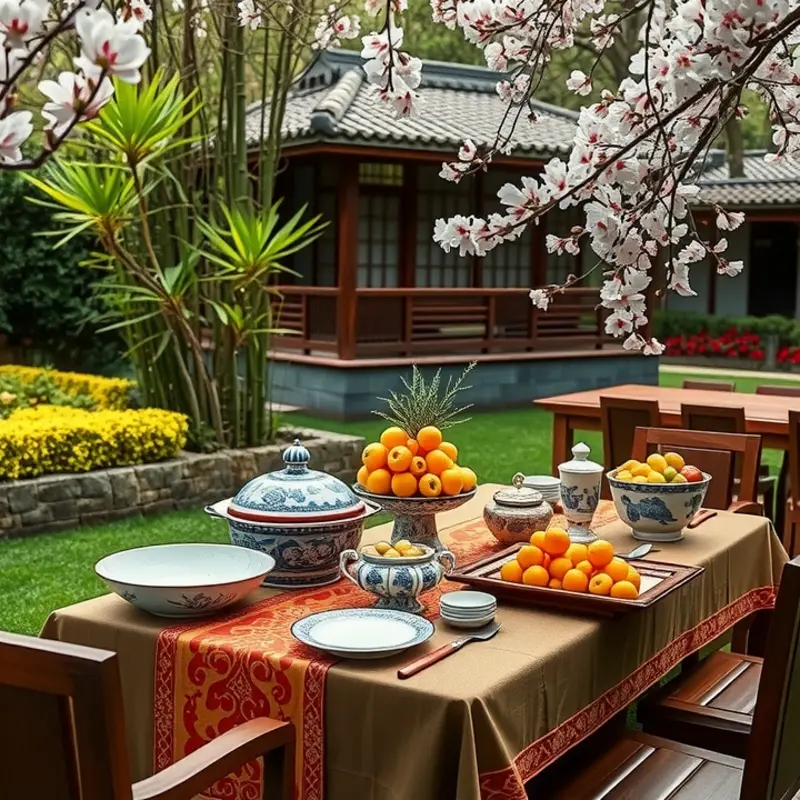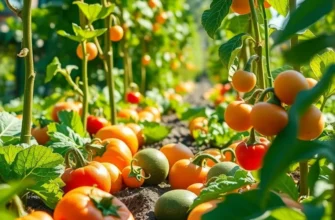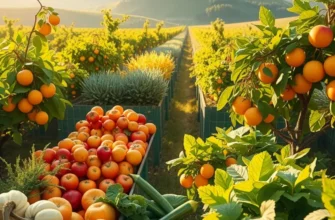Celebrations and gatherings are as much about the food as they are about the ambiance. Feast decorations, rich with cultural significance, enhance the experience of dining and reflect the values of each unique community. From fragrant herbs to vibrant colors, the art of decorating for a feast transcends mere aesthetics. This exploration will take you through two distinct chapters, each revealing how diverse cultures celebrate with style, bringing life to their culinary heritage.
The Art of Table Setting in Asian Cuisines

In Asian dining traditions, table settings are imbued with layers of cultural significance. Each item is carefully selected to not only serve a practical purpose but also to enhance aesthetic pleasure and convey deep symbolic meanings. The meticulous arrangement of dishes, utensils, and ornaments on the table is an art form that transforms a meal into a cultural celebration.
Japanese table settings, or saijiki, demonstrate the importance of seasonal awareness and the harmony of nature. The use of specific colors and materials reflects the time of year. For instance, in the spring, cherry blossom motifs adorn the table to celebrate nature’s renewal. The positioning of chopsticks is deeply symbolic, pointing inward to invite prosperity into the home.
Chinese table settings, conversely, emphasize balance and auspiciousness. Red and gold are frequent color choices, signifying luck and wealth. Round tables are preferred for large gatherings, representing unity and completeness. The placement of bowls and plates is deliberate, mirroring concepts of yin and yang, thereby bringing harmony to the dining experience.
In Korean tradition, table settings are often a reflection of familial and historical value. The bapsang arrangement includes a variety of side dishes, each with specific placements dictated by cultural norms. This setup not only showcases the variety and depth of Korean cuisine but also embodies the respect towards communal dining and hospitality.
The Thai approach blends functionality with opulence. Fresh flowers or intricately carved fruit serve dual roles as visual décor and purveyors of fragrant aromas. The use of small, ornate bowls and utensils is a testament to the value placed on hospitality and presentation. Guests are treated to a feast for the senses, which is as much about nourishing the soul as it is the body.
Understanding these traditions provides insight into how Asian cultures express gratitude and respect through their culinary practices. The emphasis on food presentation elevates simple ingredients to delight the eye as well as the palate. Thus, each meal becomes an opportunity to engage in a multisensory experience that is steeped in history and collective heritage.
The vibrant use of natural elements in these settings underlines a broader interest in sustainability and earth-friendly practices among Asian cultures. For those interested in reducing food waste while ensuring the freshness of their culinary creations, exploring eco-smart kitchen storage becomes essential. This ensures that the beauty and integrity of table settings remain intact while honoring environmental consciousness.
In these vibrant expressions, the table setting transcends mere decoration, becoming a celebration of life, culture, and shared human experience. The seemingly simple act of setting a table unveils profound layers of meaning, making each meal an artful tribute to tradition and community.
Colorful Celebrations: The Latin American Approach

Latin American festivities are dazzling spectacles where decoration plays a central role in embodying cultural richness. These celebrations are kaleidoscopic fusions of color, symbolizing joy, diversity, and a deep sense of community. Across the continent, vibrant hues transform spaces, as if breathing life into the very atmosphere.
Each color used in the decoration carries its own significance. In Mexico, for example, during Día de los Muertos, vibrant marigolds (cempasúchils) are prevalent. Their bright orange hue is said to guide spirits back to their families, forming an integral part of the altar or ofrenda. Similarly, the lush greens and reds seen during Christmas celebrations in Brazil and Colombia symbolize life, rebirth, and vitality.
Flowers are not mere decorative elements; they are steeped in meaning and tradition. The use of papel picado, intricately cut paper banners, is a hallmark of Mexican festivals, reflecting the connection to ancestral artisanship. These decorations flutter in the breeze, creating a dance of light and shadow that captivates onlookers. Papel picado is more than art—it’s a storytelling medium, with designs often depicting deities, plants, or cultural symbols.
Handmade crafts are ubiquitous across Latin American feasts, often showcasing local materials and techniques passed down through generations. In Peru, for instance, decorative textiles known as mantas are used not just for covering tables but to narrate stories through vibrant patterns woven into their fabric. These textiles reflect indigenous heritage, often incorporating motifs derived from Incan iconography.
Beyond aesthetics, festivals provide an opportunity to foster a strong sense of community. Decorations are typically a collaborative effort, with families and friends gathering to craft ornaments and embellishments. This practice reinforces communal bonds, illustrating how cultural celebrations are built on shared labor and mutual participation.
Symbolic foods are also a significant decorative element in many feasts. During Brazilian Carnaval, tables are adorned with colorful foods like brigadeiros and feijoada, where presentation is as crucial as the taste. These dishes are not just about indulgence; their vibrant presentation and display are meant to celebrate abundance.
The festive nature of Latin American decorations goes beyond mere visual appeal. They serve as conduits of cultural identity, passing traditions from one generation to the next. They’ve been influenced by historical trade routes and evolving culinary practices, as discussed in cultural articles such as Culinary Influences from Trade. This blending of histories and traditions forms a unique tapestry that is both distinctly regional yet widely appreciated worldwide.
In Latin American festivities, decorations are more than ornamental; they are threads of identity, weaving together the past and present into a vivid tapestry. Each celebration is a colorful reminder of the diverse heritage that enriches these communities, welcoming everyone to partake in their timeless cultural feast.
Final words
Feast decorations are more than mere embellishments; they serve as a canvas that illustrates cultural narratives, embracing tradition, heritage, and the joy of communal dining. Whether it’s the elegant table settings of Asian cultures or the vibrant displays of Latin American festivities, the artistry involved enriches the culinary experience. Each style embodies a story, inviting us to be part of their unique celebrations. As food enthusiasts and culturally curious individuals, taking the time to appreciate these decorative elements will deepen your understanding of the cuisines we’ve come to love.








